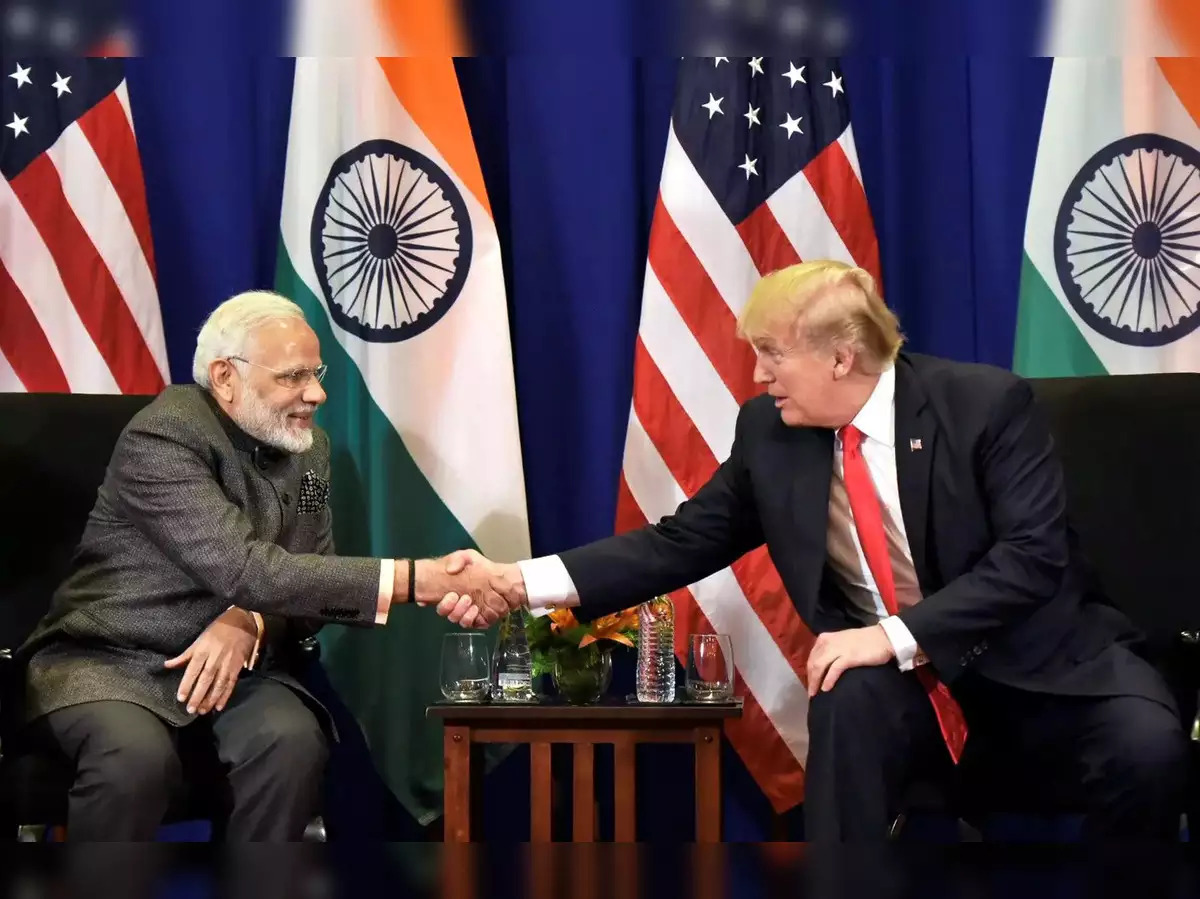Under President Donald Trump’s leadership, the “golden age of America” has begun, driven by his bold “America First” trade policy. While China remains a primary target, Mexico and Canada likely felt some relief after his early announcements on tariffs. In his initial communications, Trump has outlined countries for potential trade deals, sending a strong message of trade reciprocity. However, his remarks also leave room for dialogue and adjustments with partner nations, countering the concerns expressed before he took office.
Also Read : RG Kar Murder: CBI Seeks Death Penalty for Sanjay Roy
The Trump administration’s biggest challenge will be addressing the growing trade deficit, which reached $1.05 trillion in 2023. Four countries—China (30%), Mexico (19%), the EU (16%), and Canada (15%)—accounted for nearly 80% of the deficit. India, with a 3.2% share and a modest surplus of $33 billion, ranks ninth. It’s also notable that each of the top four contributors to the US trade deficit exceeds $150 billion, with China’s share being the largest at $318 billion, twice that of the others.
Also Read : Rubio Raises Irregular Immigration in First Meeting with Jaishankar
A closer look at the US trade deficit reveals that India’s trade surplus differs across product categories. For example, imports of primary goods from the US total $13 billion, while exports are under a billion. In contrast, for consumption goods, India imports $2 billion from the US but exports $27 billion. This highlights the need for a more nuanced approach to analyzing India-US trade.
Also Read :Liver Doc vs Zoho CEO: Cow Urine Debate
Trade partnerships, if not approached with a balanced view and proper context, could lead to measures that shrink, rather than expand, opportunities. With strong political support and a shared commitment to addressing global supply chain issues, leadership should focus on guiding businesses and promoting investment and financial connections to strengthen trade ties. India’s agreement on three out of four pillars of the Indo-Pacific Economic Framework for Prosperity (IPEF)—supply chains, clean energy and decarbonization, infrastructure, and tax and anti-corruption—raises the likelihood of a well-structured free trade agreement. It is also noteworthy that Trump has made stable supply chains his top priority from the very beginning.
US Quadrennial Supply Chain Review 2023
It’s also important to consider the ongoing internal discussions in the US. The US has released the comprehensive Quadrennial Supply Chain Review 2023, which outlines strategies to counter non-market policies and practices (NMPP) increasingly used by China. The report highlights how China, through third-party countries, targets the US economy. One of the key focuses of the report is increasing traceability in trade, an issue also relevant to nations like India. The review proposes amendments to Article 301 and Article 201, recommending that the US administration implement stricter circumvention measures.
Potential Impact of a China-US Trade War on India’s Market and Export Dynamics
A China-US trade war could pose challenges for India. China may target new markets and destinations in view of the production churn taking place in the country.
India’s Evolving Strategy in the US Services Sector Beyond Traditional BPO Models
India has a strong presence in the US services sector, but it relies heavily on the H-1B visa for service delivery. However, it’s important to recognize that traditional service delivery models, such as BPOs based in India, may no longer gain as much from the time-zone advantage. To adapt, India could shift its focus towards professional services, as well as maintenance, repair, and overhaul (MRO) services, along with other emerging service sub-sectors.
India’s Push for H-1B Visa Reforms
The Indian government has been actively working on two key issues. First, it aims to simplify the H-1B visa process, which is currently quite complex, and has repeatedly raised this concern with the US administration. Currently, Indians receive about 72% of all H-1B visas, while China receives only 12%. The debate surrounding the expansion of this quota has taken a political turn. Meanwhile, China is facing restrictions in AI-related fields, whereas Indian students have succeeded in a broader range of areas. However, there are now discussions about potentially blocking access to emerging fields like synthetic biology.
Strengthening the India-US Partnership through Cross-Sectoral Collaboration
The India-US partnership should be considered holistically, incorporating connections across various sectors such as trade, investment, technology, and finance. Achieving this may require the creation of new high-level institutional mechanisms to ensure efficient and timely execution. These mechanisms would facilitate the implementation of measures to align these different areas.


[…] Also Read: Opportunities for India to Engage in Business with Trump’s America […]
[…] Also Read : Opportunities for India to Engage in Business with Trump’s America […]